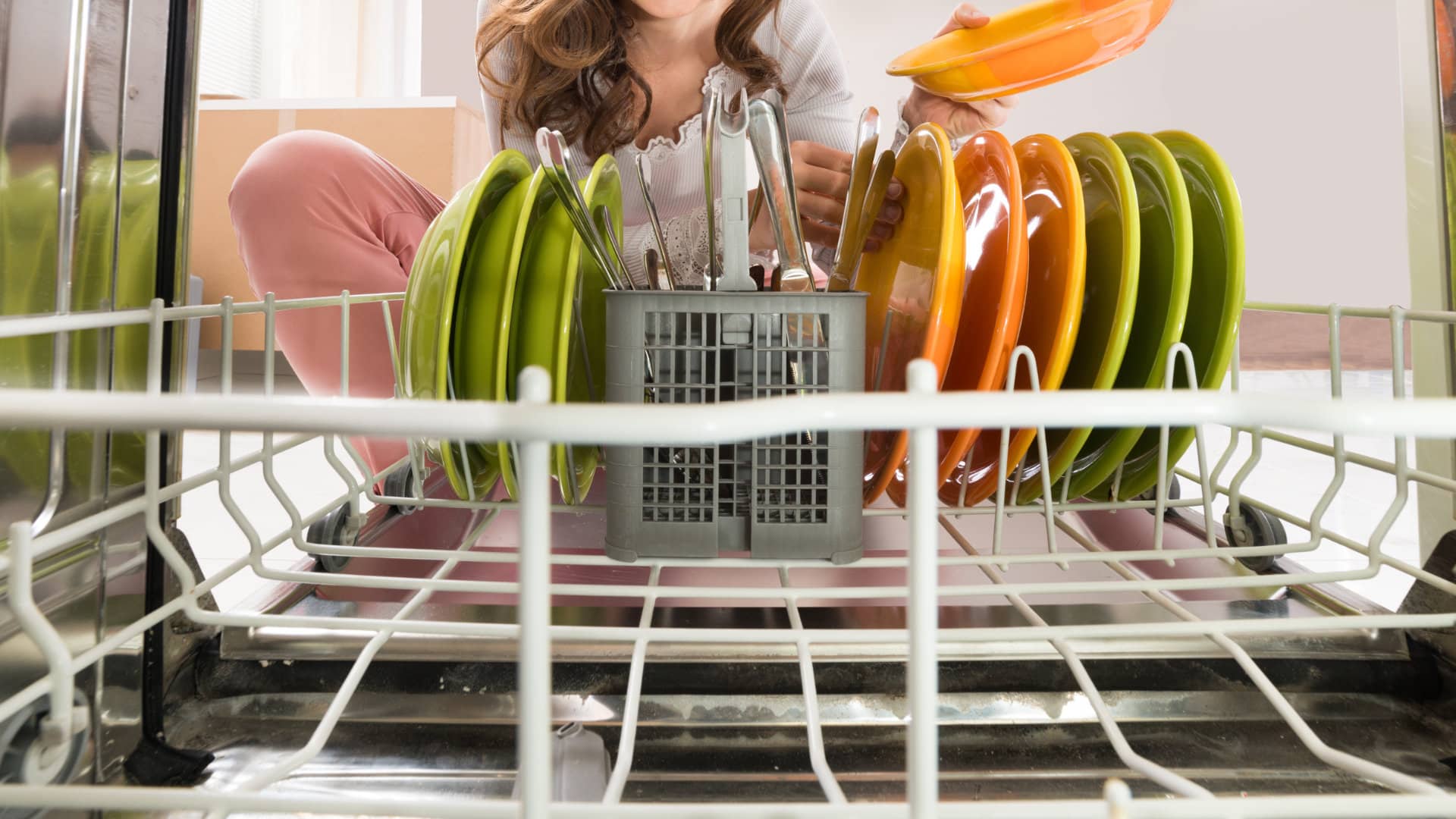
It can be alarming when you notice your GE dishwasher leaking from the bottom. Luckily, you have some easy ways to identify the root cause of the leak and how to fix the issue. Our guide walks you through how to diagnose the reason for the leak.
This guide covers all main models of GE dishwashers, including:
DDW550B-45
DDW550B-48
DDW550B-55
DDW650B-45
DDW650B-48
GDT655SSJ0SS
GDT655SSJ0SS
GDT695SMJ0ES
GLDT696T00SS
GSD2200G00WW
GSD2200G02WW
GSD3200J00WW
GSD3400G00WW
GSD4030Z02WW
GSD6660G00SS
PDW7880G00SS
PDW7880J10SS
PDW8280J00SS
PDW8280J10SS
PDW9280J00SS
SD4920X66BB
Too much detergent
If you notice sudsy water coming from the bottom of your GE dishwasher, the cause of the leak could be too much detergent. Ensure you are following the directions on your brand of dish detergent and are not using too much.
Wrong detergent
Just like using too much detergent can cause a leak, using the wrong type of detergent can cause a leak. Using a detergent designed for handwashing dishes instead of for use in a dishwasher can create excess bubbles. Make sure the detergent you are using is one designed for dishwasher use.
Dishwasher not level
A dishwasher that is not installed and properly leveled can leak from the bottom of the door, particularly if it is slightly leaning forward.
To rule this out:
- Use a bubble level to check whether your GE dishwasher is sitting level.
- If it is not, adjust the dishwasher so that it sits level and run a cycle to test to see if the issue has been resolved.
- If it still leaks, move onto the next step of our guide.
Damaged door seal
The inside perimeter of your dishwasher door is lined with the door gasket, which creates a watertight seal. A worn-out or damaged gasket that is not properly sealing the dishwasher door may be the cause of a leak coming from underneath or around the door. Examine the gasket; if you see any rips, cuts, or signs of wear, it probably has to be replaced.
You can further test if the seal is functioning correctly using this method:
- Place a piece of paper flat on the gasket of your dishwasher door and shut the door.
- To see if the door seals properly, pull on the paper. The gasket needs to be replaced if you feel little to no resistance when attempting to remove the piece of paper from the door.
- Make certain to test various locations along the seal.
You can order replacement seals from GE.
Damaged spray arm
If you have ruled out the above issues, the next component to look at is the spray arm.
Water may spray directly at the lower portion of the dishwasher door if the spray arm is cracked. A leak could then result from the water being driven under the door and onto the floor.
In order to determine whether this is the issue:
- Remove both the upper and lower spray arms and check them carefully for cracks or damage.
- Replace the wash arm if it has a crack. Avoid attempting to use adhesive to patch the crack because it will degrade in the dishwasher due to the constant use of heat, water and detergent.
- If you can not see any issues with the spray arms, make sure the screws in the spray arm support are tight. It is possible that water may spray out between the spray arm support and the bottom pump housing if it is loose, creating waves. Water may flow out of the bottom of the door as a result of these waves.
Loose vent cap
Near the end of a dishwashing cycle, if your dishwasher has an external vent, you may have observed warm, damp air streaming through it. This happens frequently during the drying process. However, water can seep from the dishwasher door if the vent cover has become loose. To stop the leak, manually tighten the vent cover, then run the dishwasher to see if this has solved your problem.
Loose hose clamp
Sometimes it can be hard to tell exactly where the leak from your dishwasher is coming from. The hose clamp is usually located next to the dishwasher, but if it is leaking it may appear as if the leak is coming from under the door, even though the clamp is not inside the dishwasher.
To check this:
- Pull your dishwasher away from the wall.
- Use a screwdriver to tighten the clamps.
- Once these have been tightened, run the dishwasher again to check if the leak has stopped.
Faulty water inlet valve
To let water into the dishwasher, your dishwasher has a water inlet valve. If it is stuck open, the dishwasher keeps filling until it leaks or overflows. If you notice that your dishwasher is very full of water during the middle of its cycle, it is likely that your water inlet valve is faulty.
If this is your issue, you need to order a replacement part from your dishwasher supplier or GE. Once the part is replaced, run a cycle. You should find that the leak has been resolved.
Faulty drain pump
A faulty drain pump can also cause your GE dishwasher to get too full of water, which can cause a leak from the bottom of the door.
One indication that your drain pump is faulty is a dishwasher that still has water pooling in the bottom after the cycle is finished.
If you notice water pooling after a dishwasher cycle, try ordering a replacement drain pump and replacing it. You should now find that your dishwasher drains properly and no longer leaks.
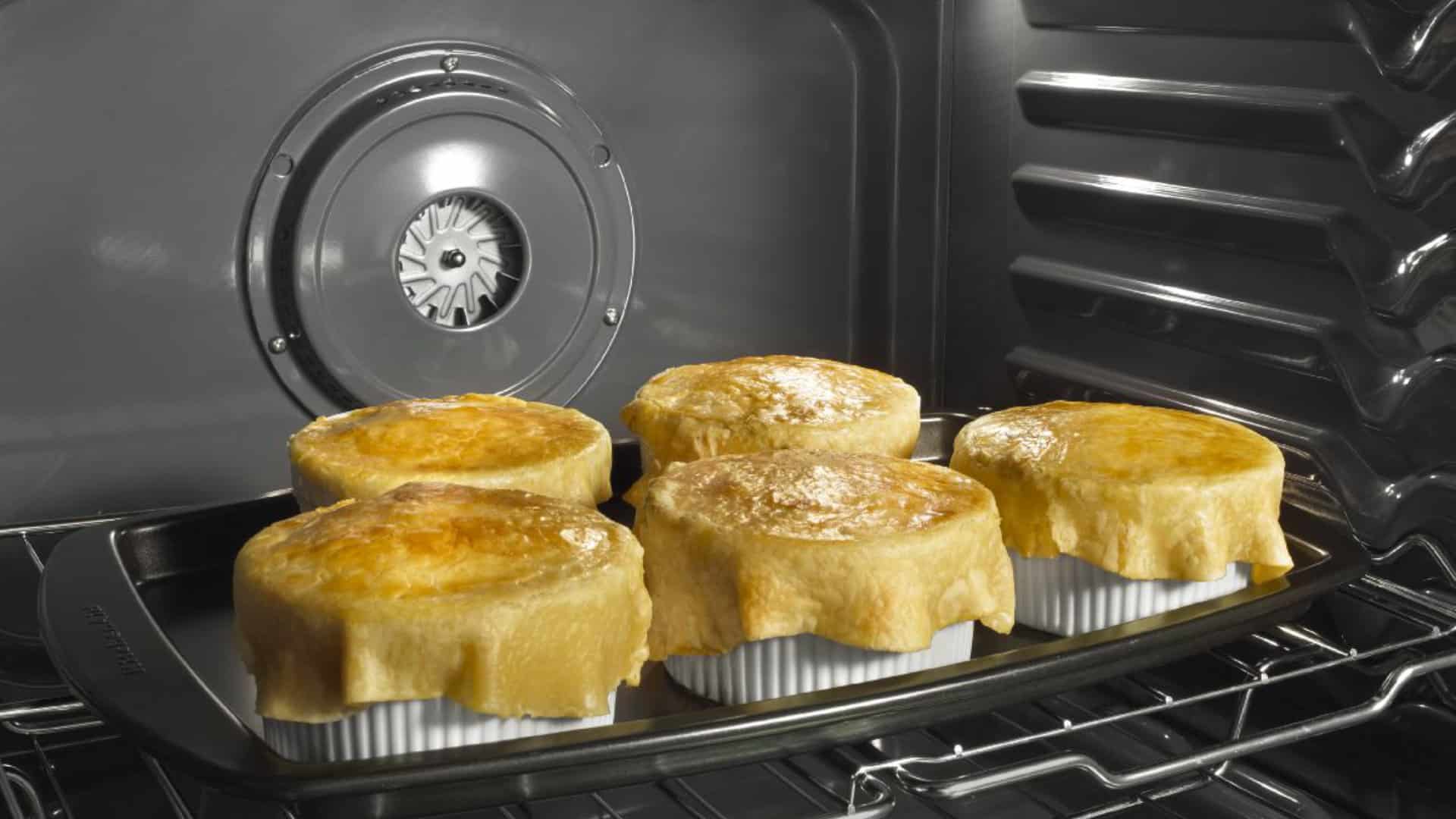
How to Fix Whirlpool Stove F9 Code
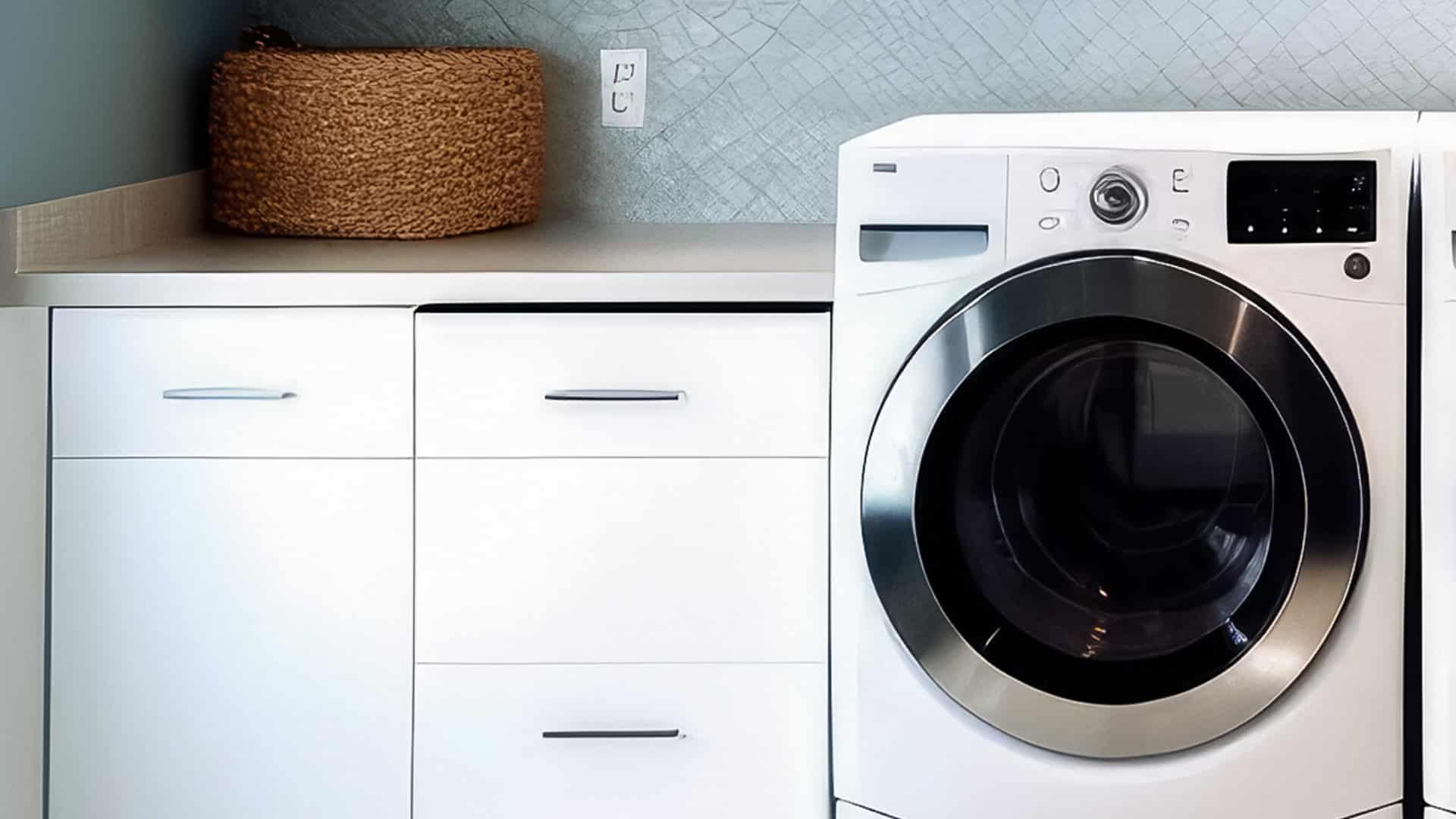
Fix Whirlpool Duet’s F20 Error Code
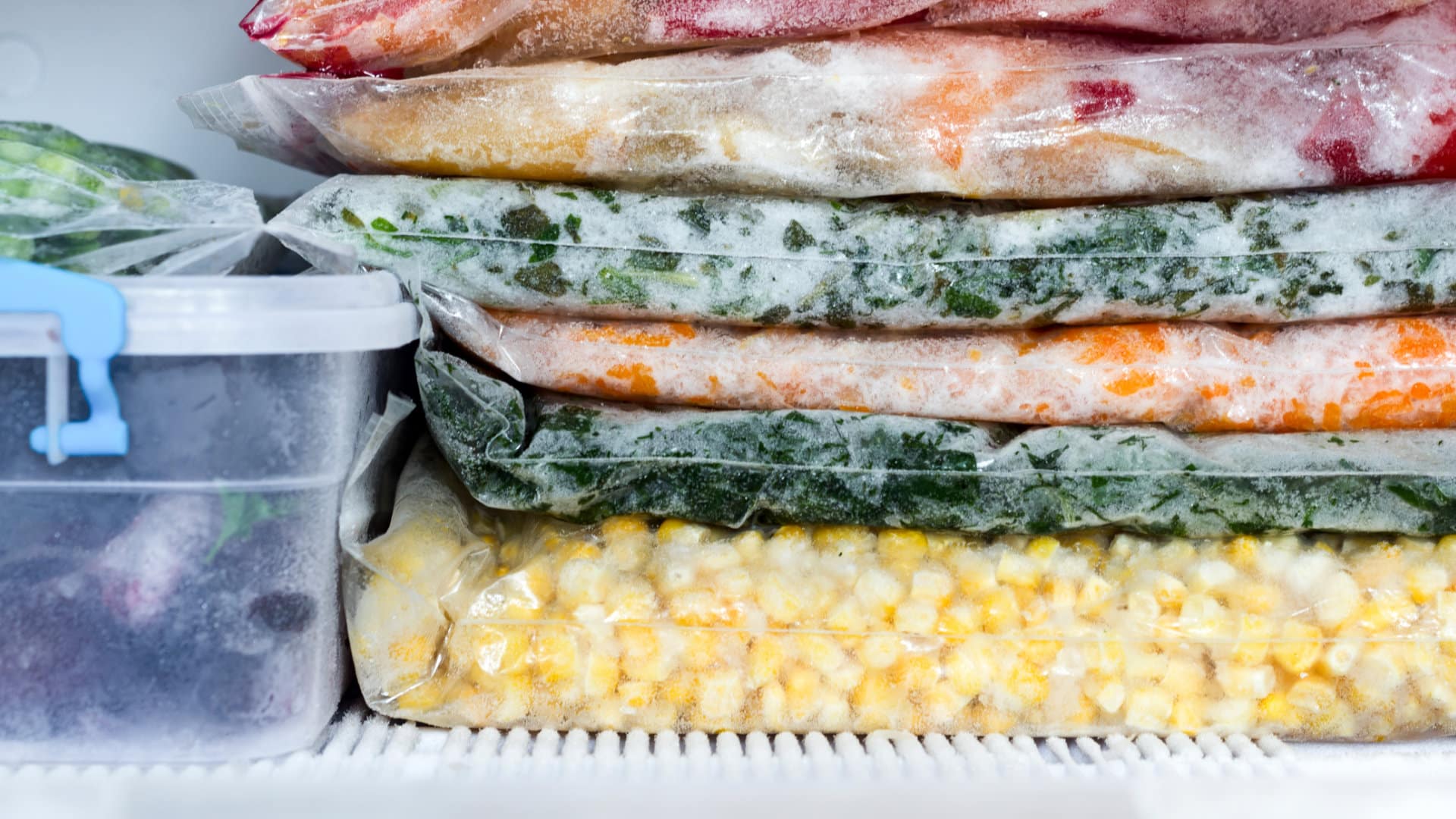
Freezer Working But Not Fridge? 5 Fixes

Speed Queen Washer Error Codes Explained
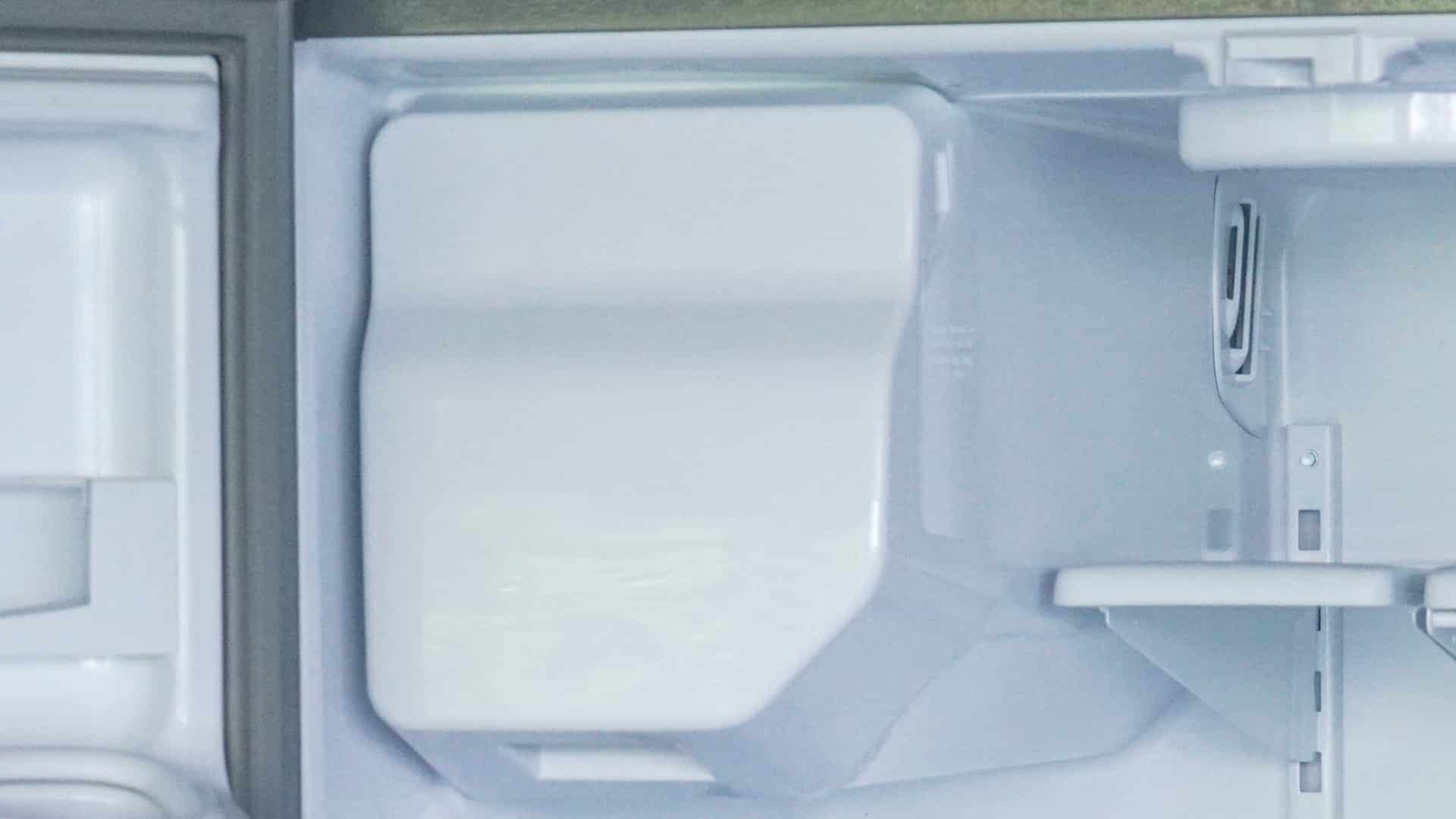
7 Reasons Why Your KitchenAid Ice Maker Isn’t Working

LG Oven F9 Error: Here’s How to Fix It
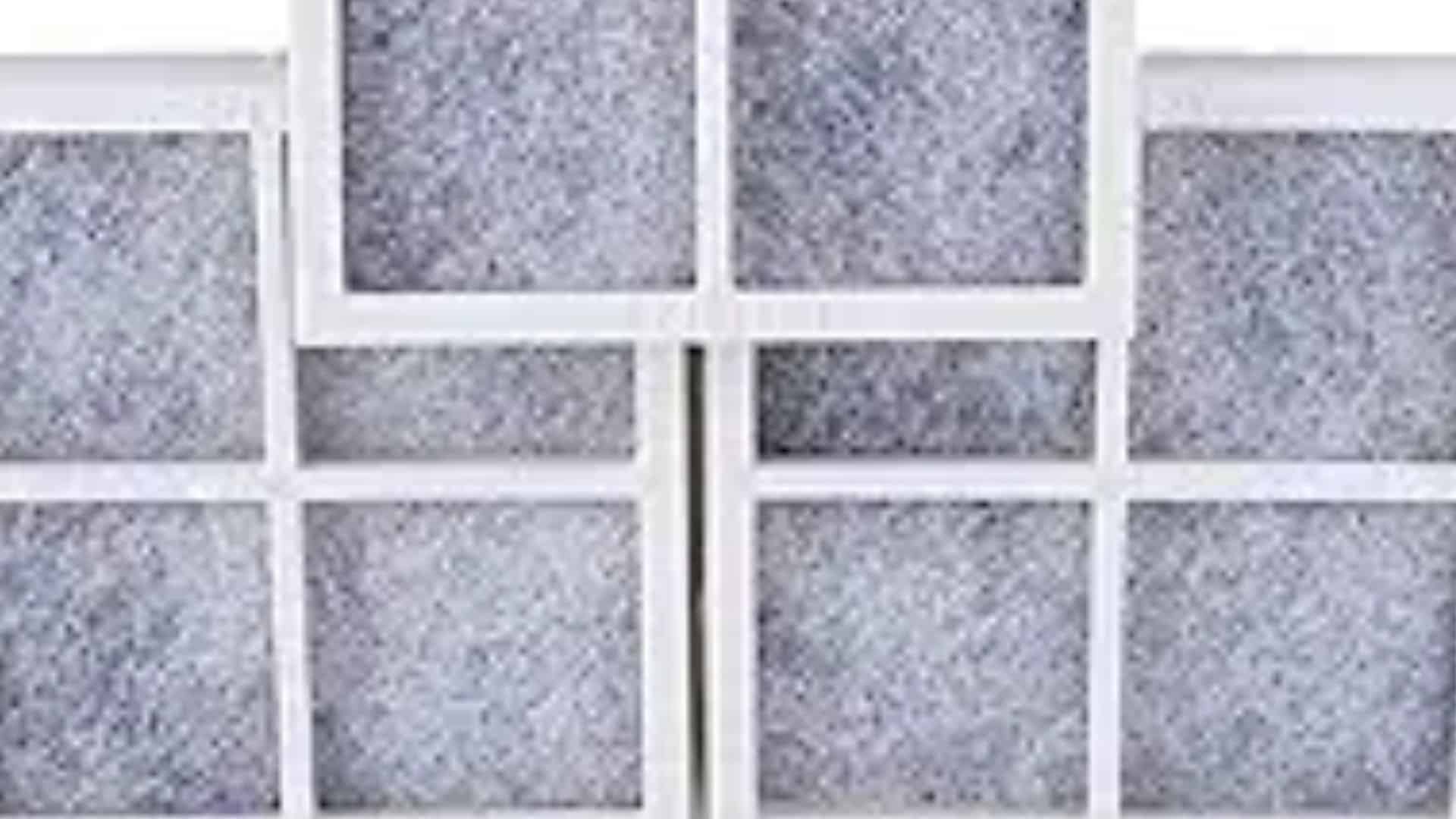
How to Replace an LG Refrigerator Air Filter
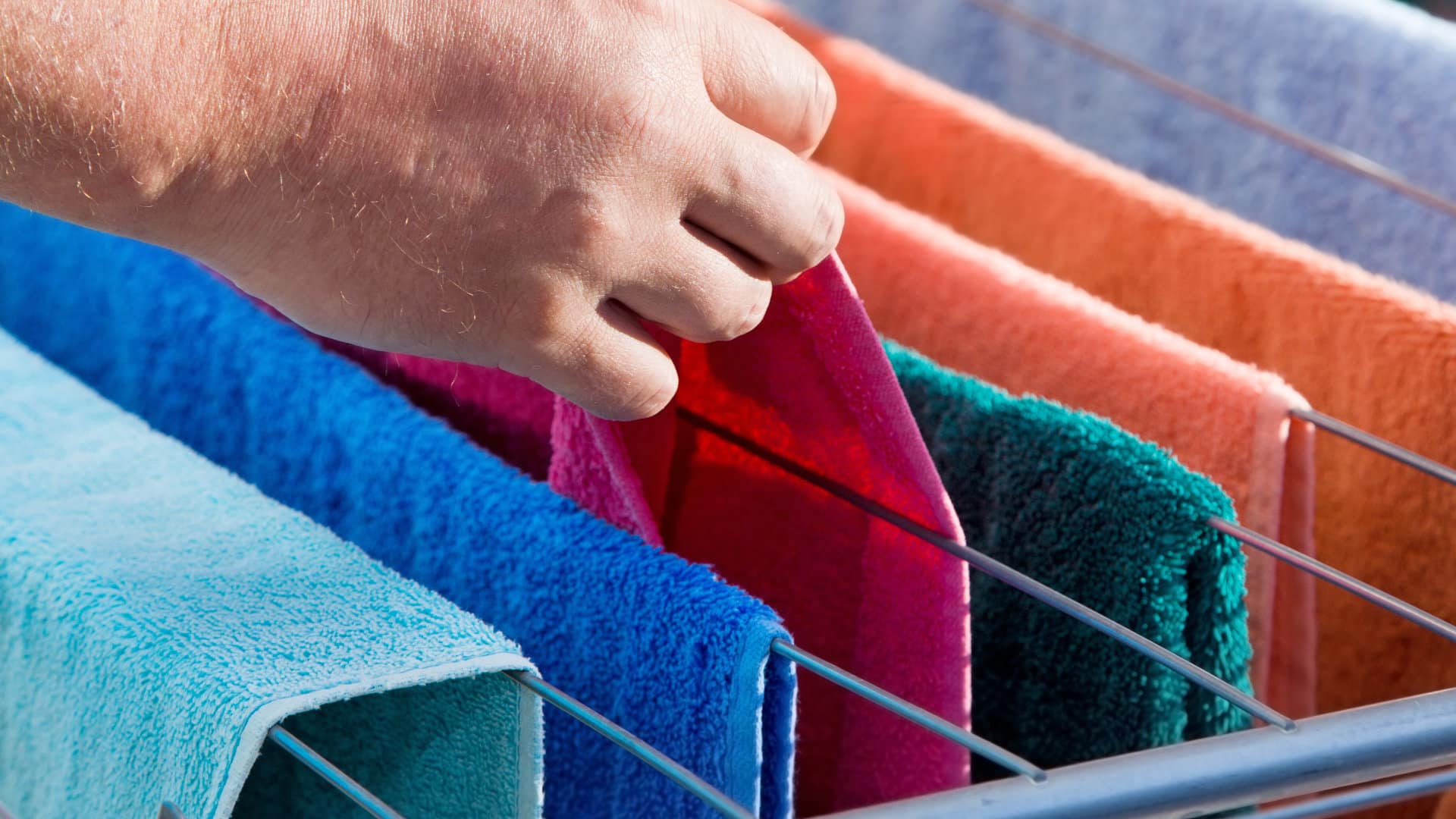
What Do Dryer Sheets Do?

How to Cook Corn on the Cob in the Microwave
